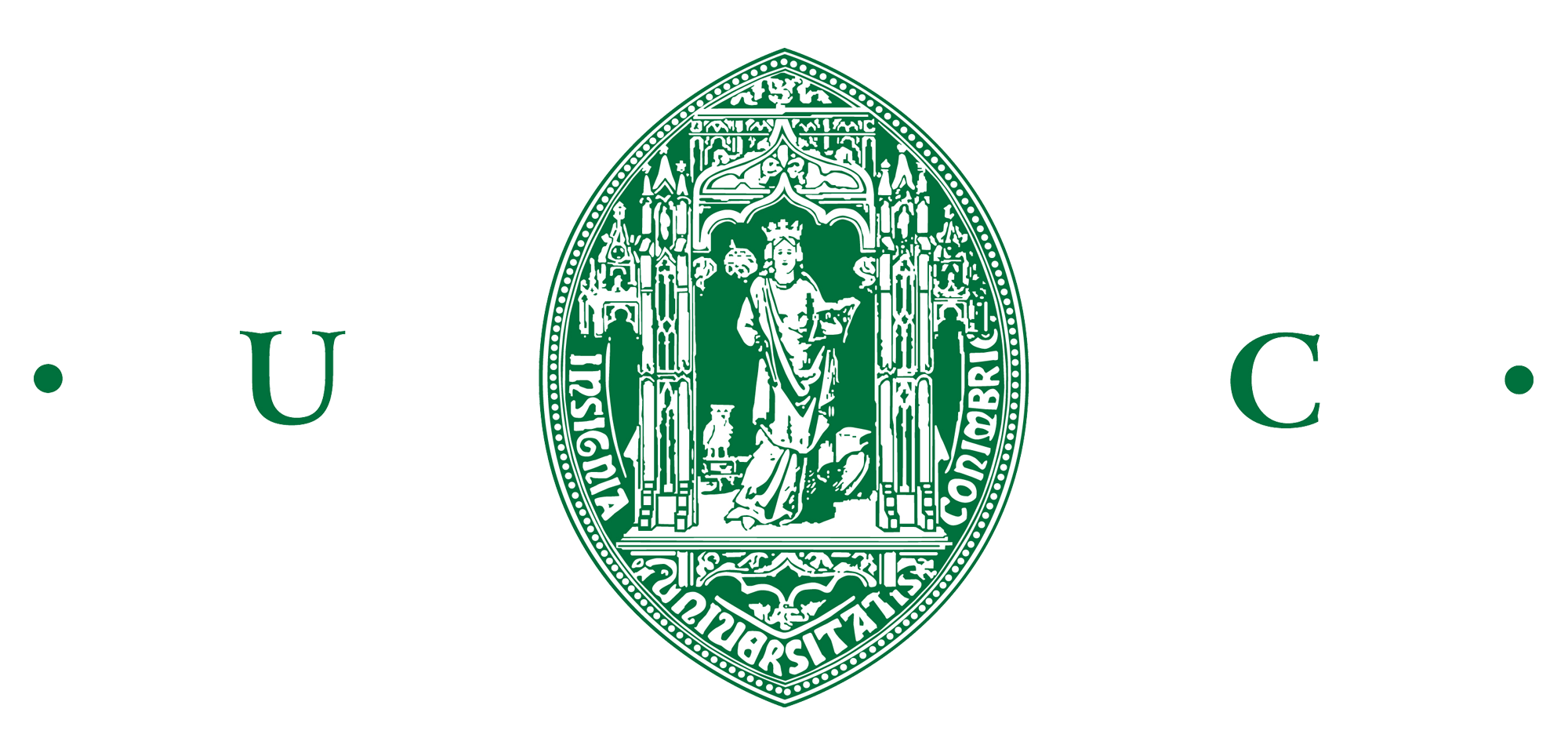2025 | 2024 | 2023 | 2022 | 2021 | 2020 | 2019 | 2018 | 2017 | 2016 | 2015 | 2014 | 2013 | 2012 | 2011 | 2010 | 2009 | 2008
Co-doped FeNbO4: Simple synthesis, DFT calculations and electrocatalytic performance for the hydrogen evolution reaction in alkaline medium
Authors: Juca, RF; ...; Costa, BFO
Ref.: J. Phys. Chem. Solids 202, 112649 (2025)
Abstract: Cobalt-doped iron niobate samples, Fe(1_x)CoxNbO4 (0 <= x <= 0.20), synthesized by the solid-state reaction method, were characterized using X-ray diffraction (XRD), Raman spectroscopy, scanning electron microscopy (SEM) and energy dispersive spectroscopy (EDS). Density functional theory (DFT) calculations was employed to assign the experimental Raman modes of FeNbO4 and for cobalt-doped iron niobate, as the Raman spectra showed no significant changes in the profile upon doping. The crystal structure was successfully refined in the monoclinic system with the P21/n space-group symmetry, containing two formula units per unit cell (Z = 2). SEM analysis revealed particles with irregular morphology, and the average crystallite size increased with cobalt doping (< D > = 28.0 +/- 1.6 mu m). EDS confirmed the incorporation of cobalt into the samples. Electrochemical measurements demonstrated promising hydrogen evolution reaction (HER) activity, with an overpotential of approximately 620 mV at a current density of 10 mA/cm2 and a Tafel slope of 156 mV/dec for the Fe0.80Co0.20NbO4 composition. Additionally, a negligible loss of overpotential was observed after 10 consecutive hours of hydrogen evolution. These findings indicate that incorporating Co2+ ions into the iron niobate (FeNbO4) matrix significantly enhances the material`s electrocatalytic performance. The promising results suggest that Co- doped FeNbO4, as a noble metal-free electrocatalyst, holds considerable potential for applications in sustainable hydrogen production.


